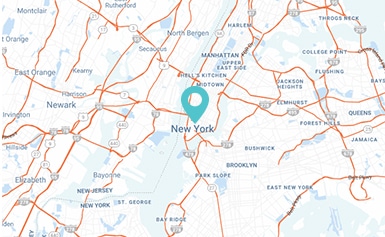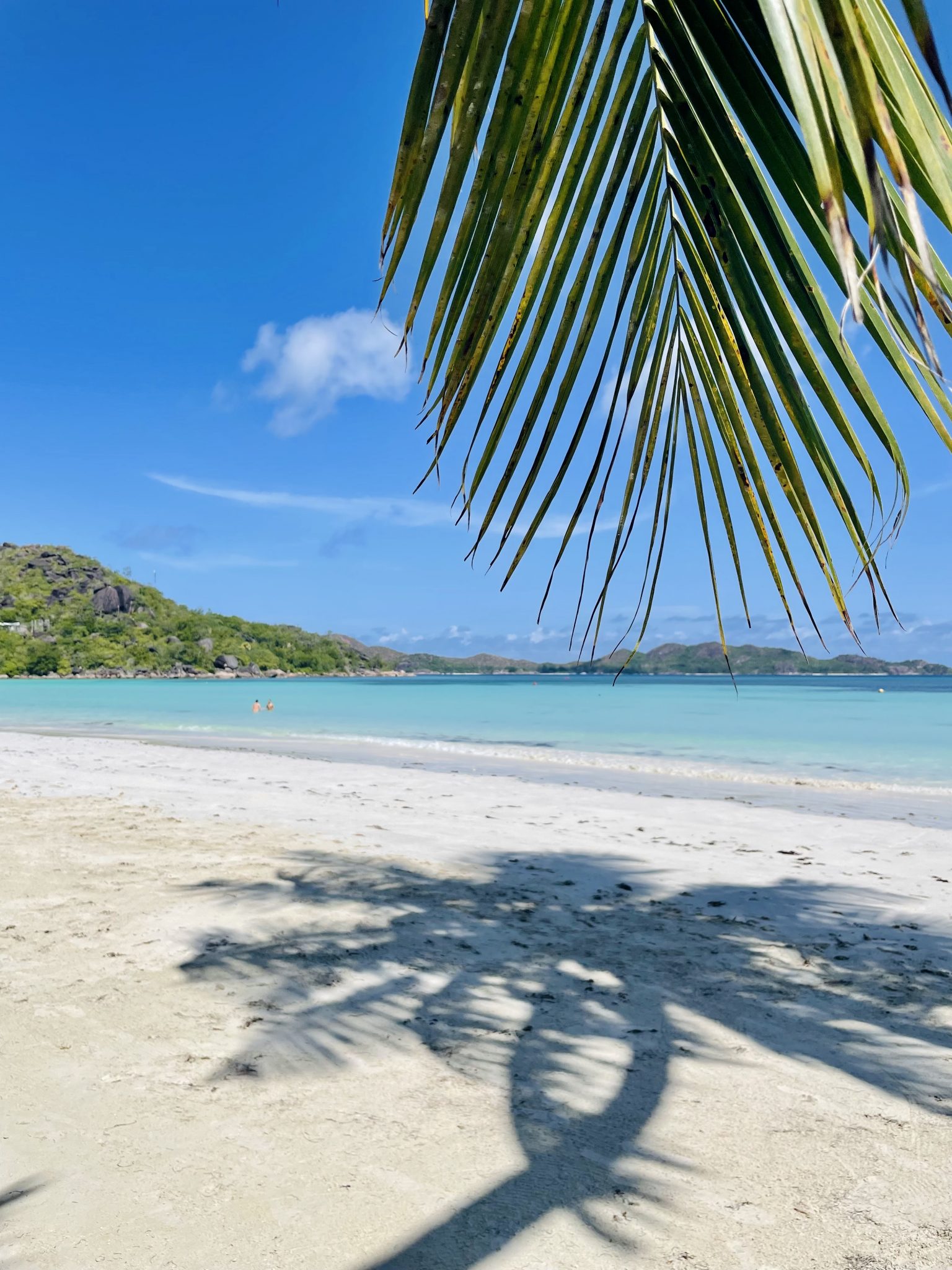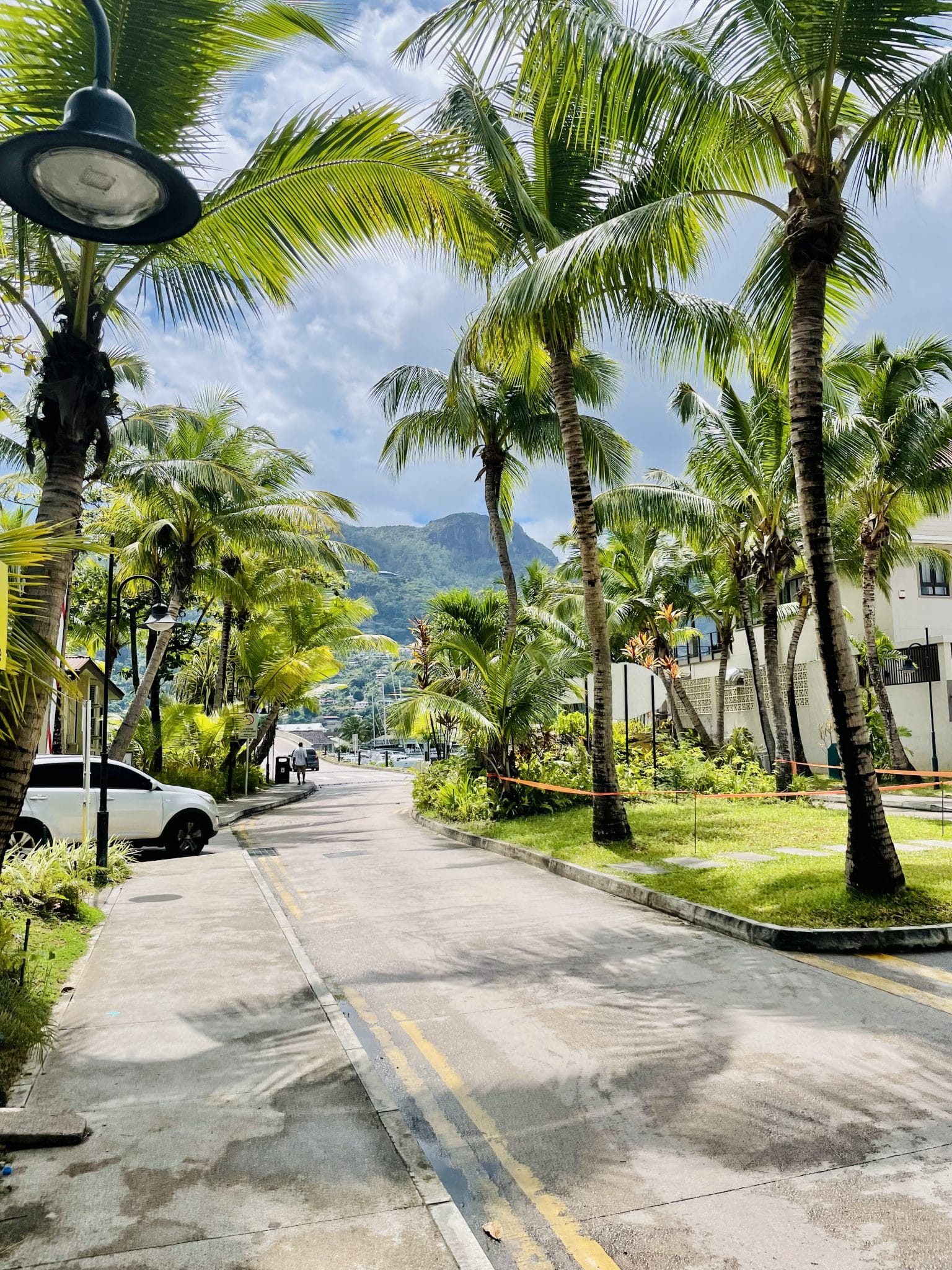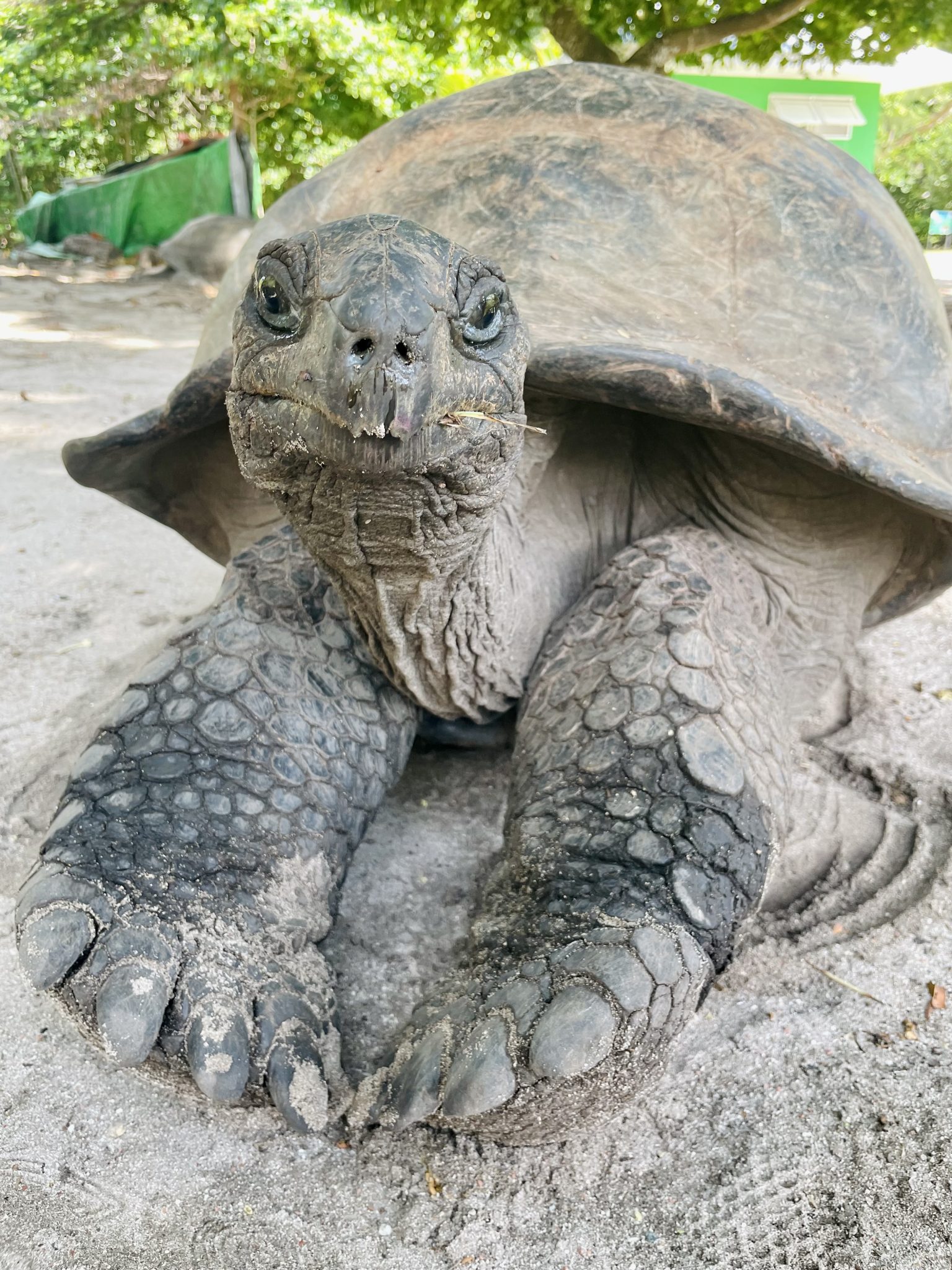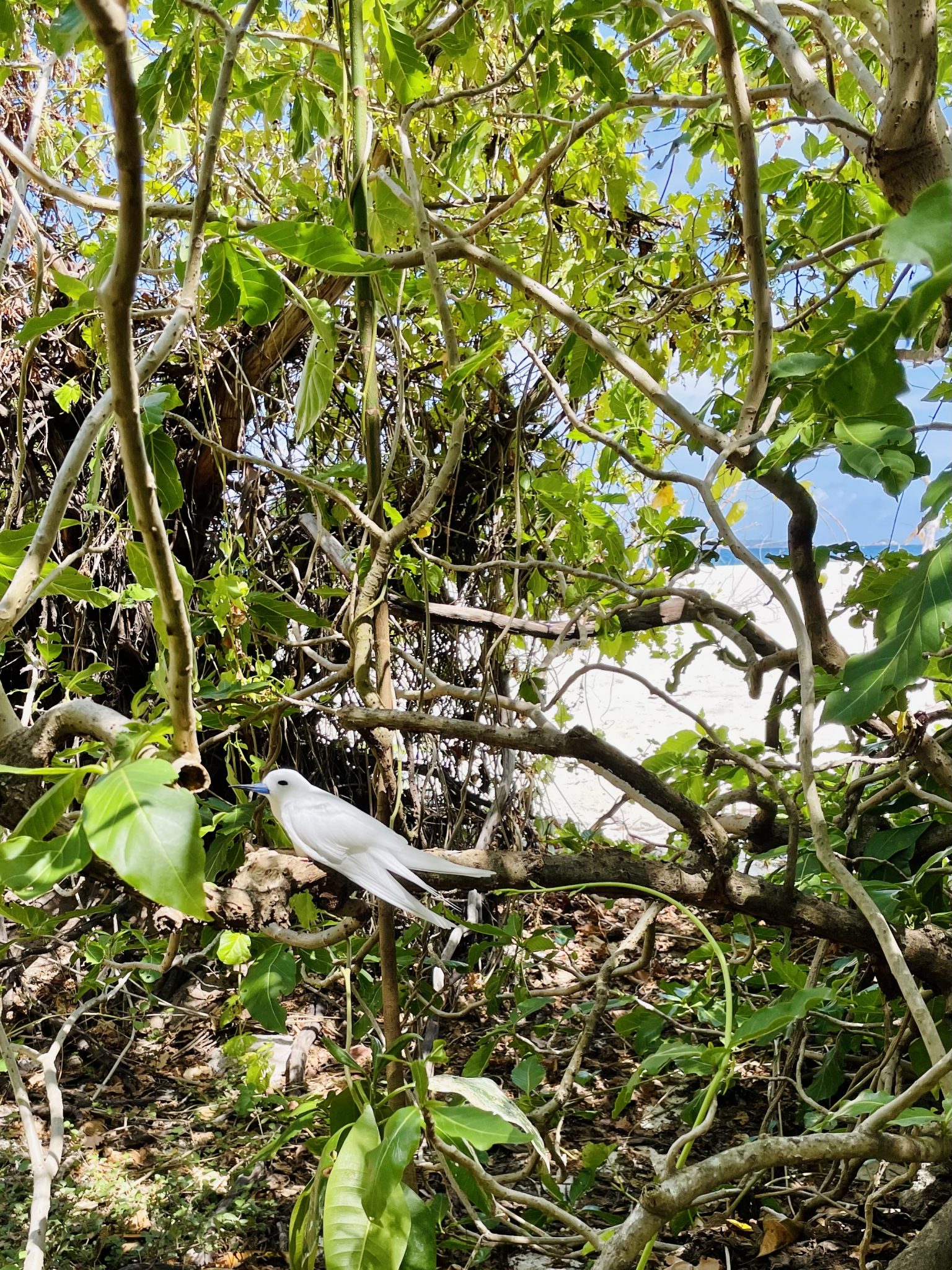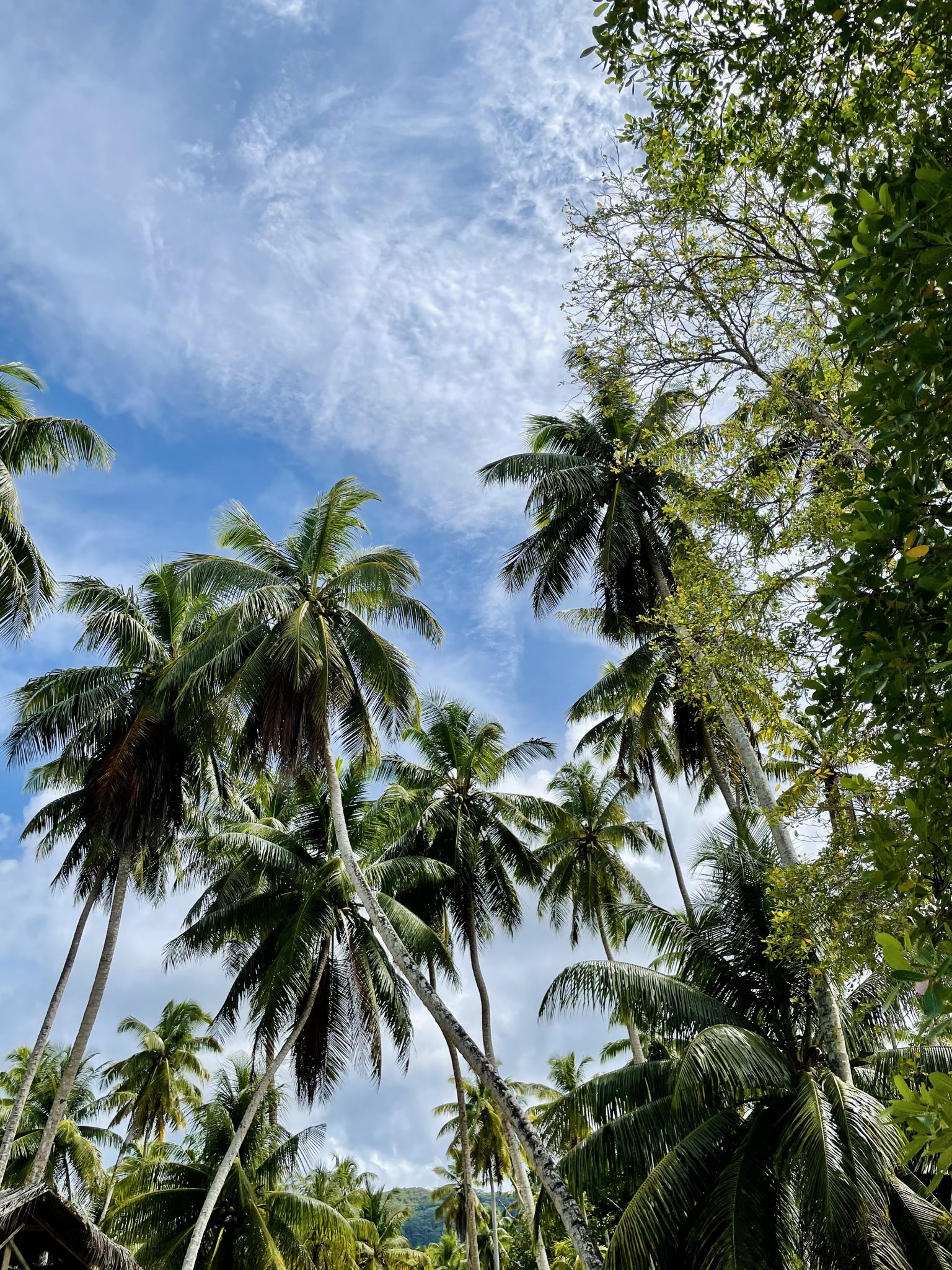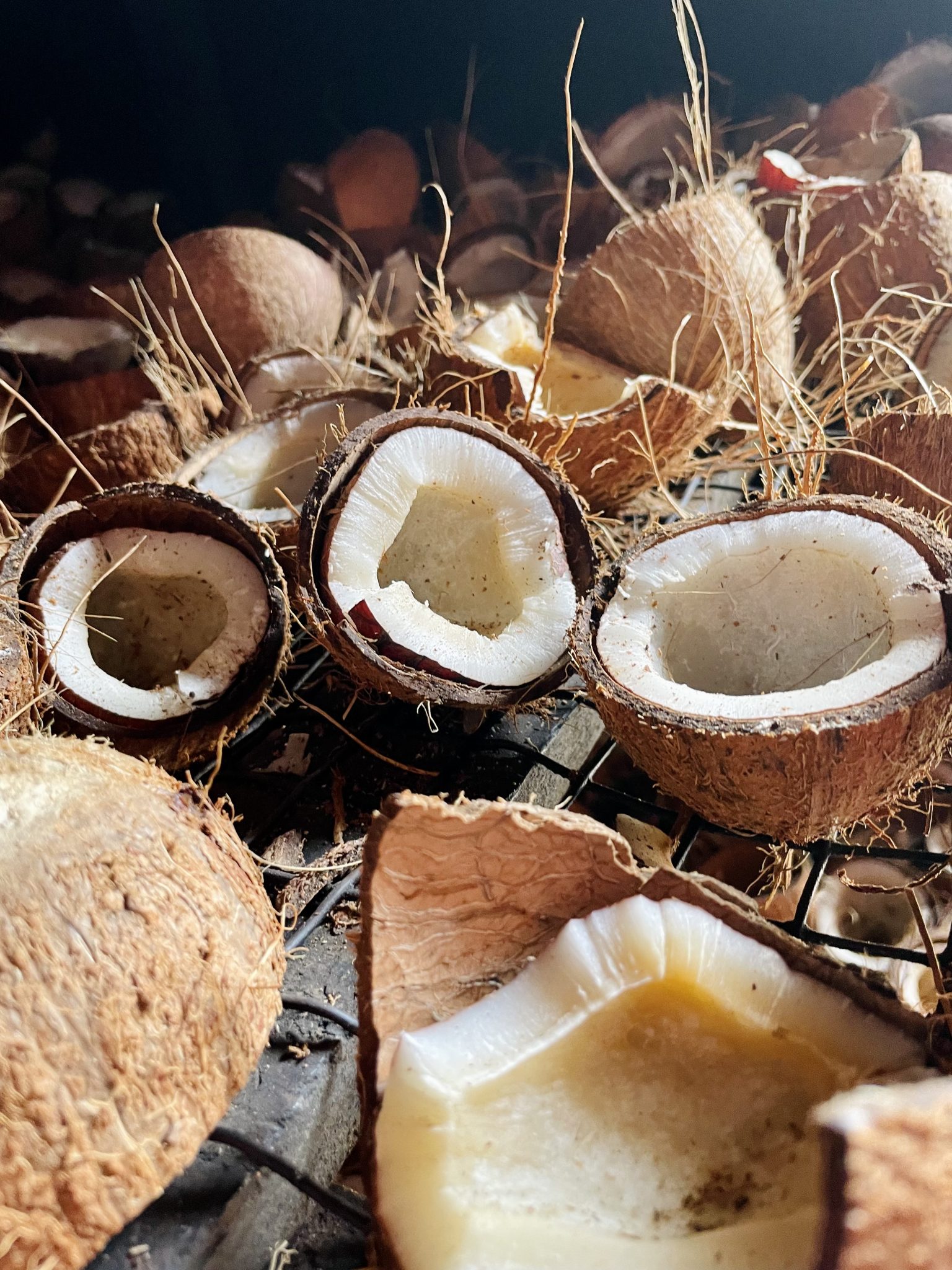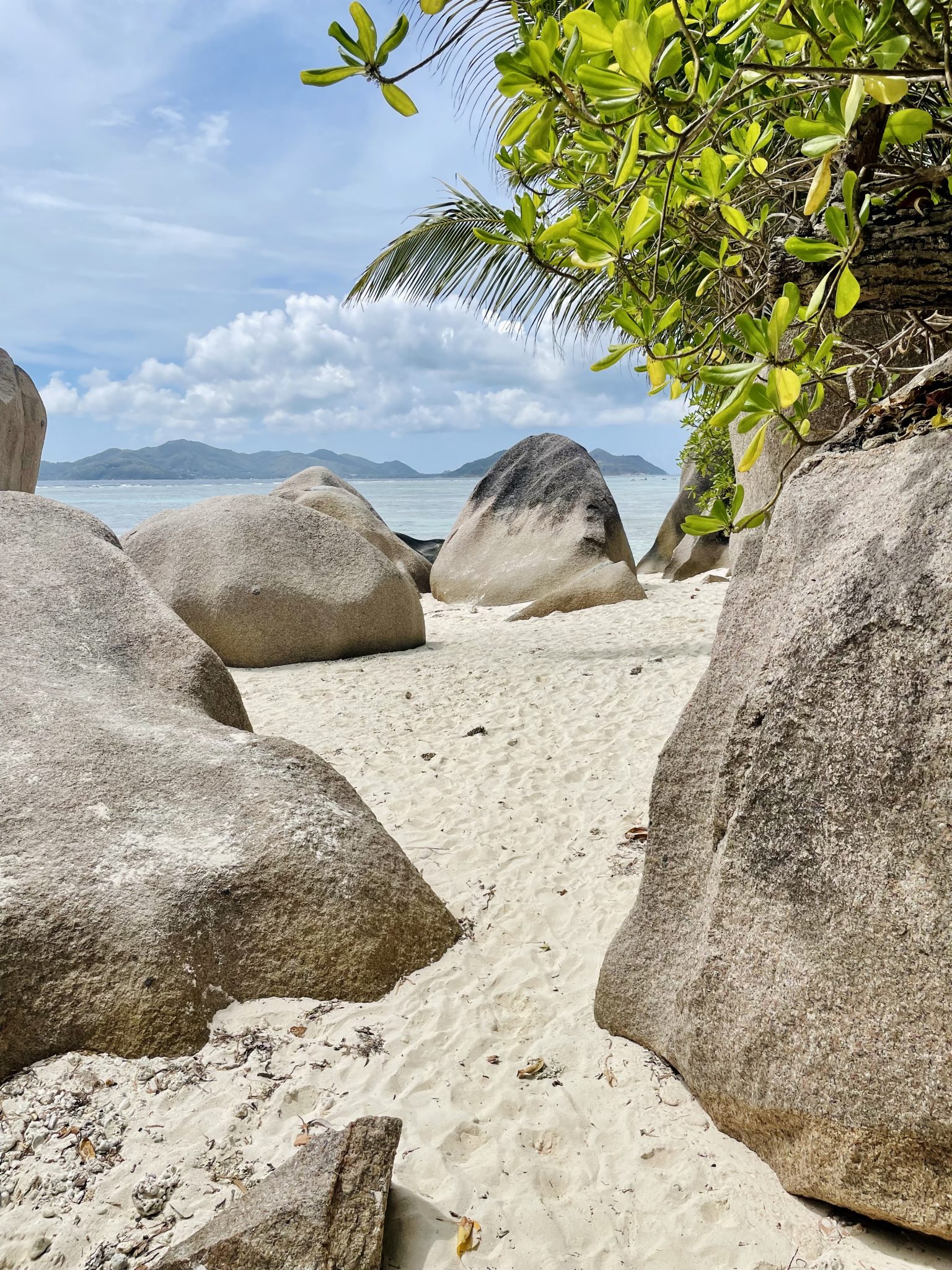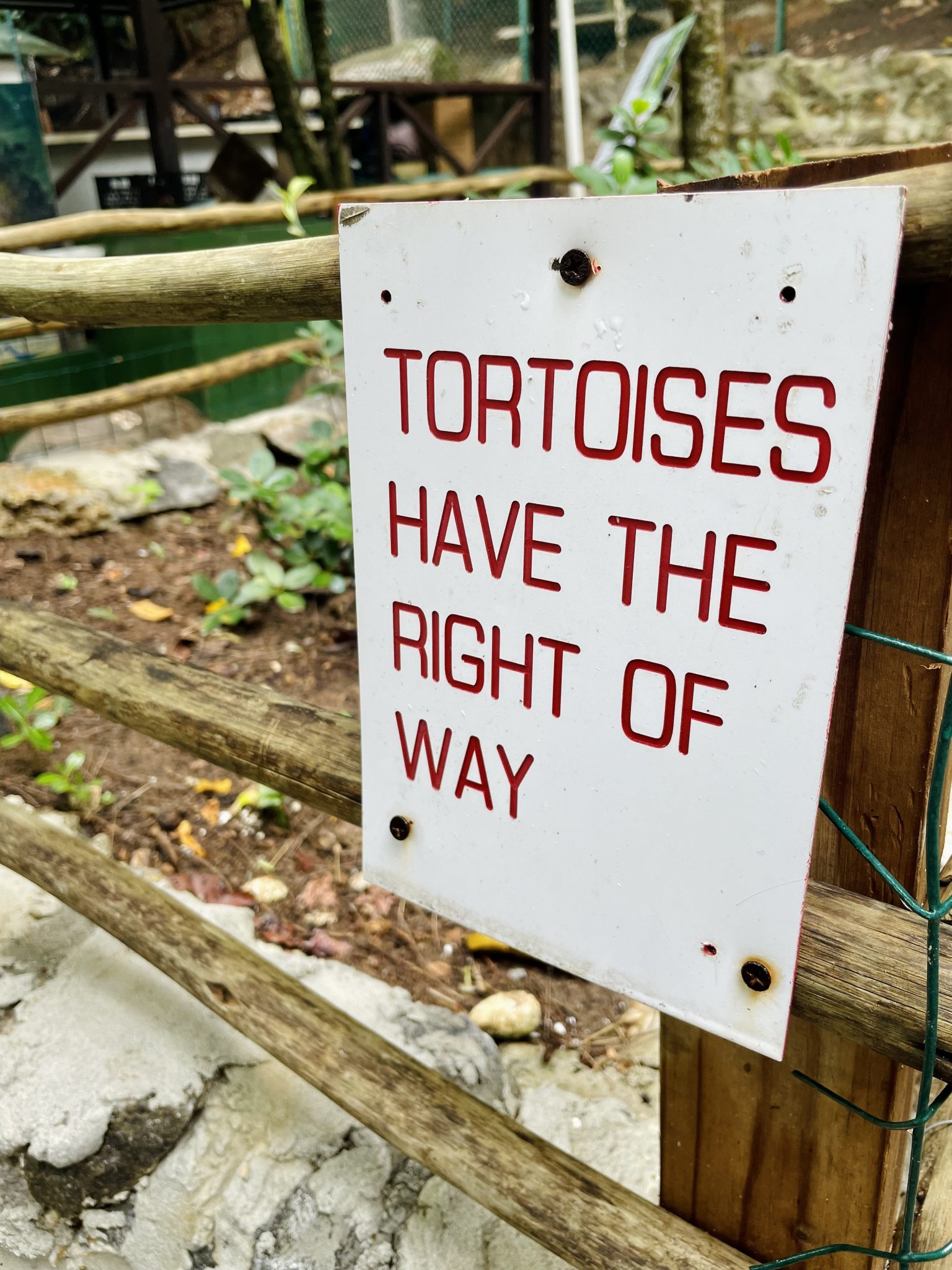Seychelles
Fabled to be the original Garden of Eden from the story of Adam & Eve, the Seychelles is a paradisiacal destination like no other. Boasting a year-round hot climate thanks to its close proximity to the equator, this granitic archipelago is nestled amongst coral reefs and crystal blue waters. The 115 islands are home to a diversity of around 7200 different species of flora, fauna and small wildlife. Not to mention the stunning beaches with incredible snorkeling and diving opportunities in abundance!
The islands of the Seychelles each offer a unique experience. This truly is the perfect destination for couples, families, nature lovers, history buffs, wildlife afficionados, divers, sun worshipers, or just anyone looking for a slice of quiet paradise.
1. What’s the best way to visit each island?
With so many islands, it can be a bit tricky to experience all that’s there to offer.
There are inter island flights alongside ferries from Mahe to Praslin and La Digue as the most populated of the islands. Excursions run regularly to other islands, however it requires a lot of suitcase hauling and travelling to and fro… So, we would recommend a cruise! There aren’t many cruise lines that offer Seychelles cruises and due to the nature of the archipelago, large cruise vessels aren’t allowed in so cruises here take a maximum of 44 guests making it an incredibly intimate yet easy and fun way to experience the destination. There are itineraries running for 3, 4, 7 and 9 nights depending on cruise line, they offer an affordable and time saving alternative that gives you far more time to relax, with your food and most excursions included!
2. Generic things to know…
The Seychelles is GMT+4 and the currency is Seychelles Rupee (SCR). There are plenty of cashpoints, most hotels either have one or can point you to the nearest one.
3. Enjoy the Creole culture!
The Seychelles is the least populated sovereign African country with less than 100,000 people in total living within the country, but that doesn’t mean they haven’t got a large, vibrant, and certainly delicious culture to share with their guests! On the islands you can enjoy delicious meals of traditional fish dishes, luscious coconut curries, lentils, sausages, and various banana delicacies. Creole food is homecooked, warm and satisfying!
They also have a large music scene with influences not only from their three national languages, but also from Reggae, folk, sega, alongside Polynesian and Indian influences.
4. What travel adaptors do you need?
None! The Seychelles use the same plug sockets as the UK. That’s one less thing to pack! They also drive on the left side of the road – another evocation from British colonialism.
5. When is the best time to go?
While the Seychelles is a year-round destination there are definitely better times than others to visit, to make the most of your time there. We would recommend October/November or April/May time as these tend to avoid the main trade winds that hit the islands. However, there isn’t a ginormous difference in climate at any one time so if another date works for you, we can let you know more specifically what you can expect, but you can expect sun, sea and sand no matter what!
6. Where can you find the most beautiful beaches?
Each island has stunning beaches that are all unique. Some of our favourites are those in La Digue, most famous for their Instagram-famous natural granitic rock sculptures along the coast, or Cote D’Or beach in Praslin for those postcard perfect white sands, blue seas, and palm trees. Beau Vallon beach in Mahe is also a fan favourite – near pristine and the best place to spend a day swimming in tropically warm clear waters as little fish dance around you!
7. Where is the best place to see the giant Tortoises?
Ah, the Aldabra Tortoise. They Seychelles’ oldest, slowest, yet most beloved residents can be found here and there on many of the islands. On the more populated islands you will find them housed comfortably in enclosures where you can go up and watch them amble around, feeding on greenery, having a nap or wallowing in mud pools. However, there are certain places where you can find them abundantly roaming the wild (under the watchful eye and care of rangers!). Curieuse is one such island with a fantastic Tortoise sanctuary! These friendly giants are a must see when you’re in the Seychelles offering the perfect photo opportunities, in exchange for a good old chin scratch, of course!
8. What languages are spoken?
The Seychelles is a relatively young country, yet there are three national languages: English, French and Seychelles Creole. There is a history of colonialism which you can learn about and see remnants of on the larger islands.
9. Endemic Birds!
The Seychelles is relatively isolated in the Indian Ocean and finds itself home to a myriad of endemic species – 14 different types of bird and 75 endemic plants! You don’t have to hunt far to see some of these incredible flora and fauna, but one of the best places to experience the birds of the Seychelles is Cousin Island. This is an extremely protected island with no predators such as rats and snakes. In fact, it’s so safe for the birds nesting here that many nest on the ground! Birds you can find here include the Seychelles Warbler, the Seychelles Magpie-Robin, lesser noddies, white terns, the Seychelles sunbird and more.
10. Endemic Plants!
The most notorious of all the endemic plant species in the Seychelles are the Coco de Mer. With the largest seed of any plant, this tree is certainly impressive compared to the standard coconut palm tree that grows freely across the islands. The tree also produces the largest wild fruit in the world weighing up to 36kg!
Other endemic plants include a range of trees and flowers providing the islands with much of their luscious greenery and colour. Many of them have medicinal qualities and expert guides can point these out on excursions around the national parks and protected areas throughout the islands.


